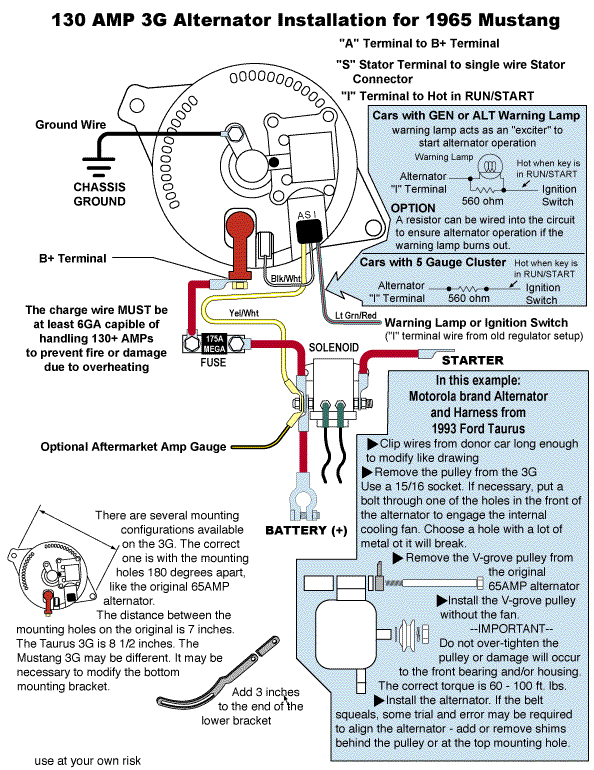They are all self-exciting, assuming no power feed or dash light connection (where the original exciter signal comes-from). Self-exciting simply means it uses residual magnetism to get the voltage going, and then it is self-building and self-sustaining. Remember the old generator magnetizing routine to get them working again? Same effect.
This is true even with a stock regulator with disconnected signal wire, but is the source of the "rev it to get it charging" anomaly that they have to one degree or another, and also affected by time and loss of magnetism since last run. So if recently run, it may begin charging immediately, or only after revving above an rpm that permits the cycle to begin.
The linked regulator may be modified to trigger at a lower voltage signal, but still lacks the functions like any 1-wire alternator. Also note a "14.6V max" internal setting they mention means it would not be suitable for colder weather or max-amp operation, where factory regulators can get to 15.5V under
specific conditions requiring it. Ever notice your stock after-start voltage being oddly high? That's your regulator trying to quickly recharge your battery after cranking sucked it down. Again, the broken record - pros and cons to everything. Know what they are to get what you need.
PS: the review comment of the old regulator "drop and rise of voltage at lower RPM's" is a typical symptom of deleting or jumping the YEL-WHT sensing wire to the output instead of the solenoid stud. "True" 1-wire regulators combine the lack of sensing wire with limited or damped voltage range to solve this issue, but you can imagine the downsides to that for many applications. The sense wire is trying to tell the regulator what the system needs, or we can effectively put duct tape on this mouth so it can't speak. Easier to ignore what it's trying to say that way and voltage is 'stable', whether correct or not.

Last words and done - "true" 1-wire regulators are computer-controlled. To get all the features and benefits, we need either a 1-wire designed for a controller (gets all the info the other wires used to), or use more wires to the alternator. If you have an application that does not require the typical features of a multi-wire or computer-controlled system, then run whatever you like that gets what you
need. Do your thing.










